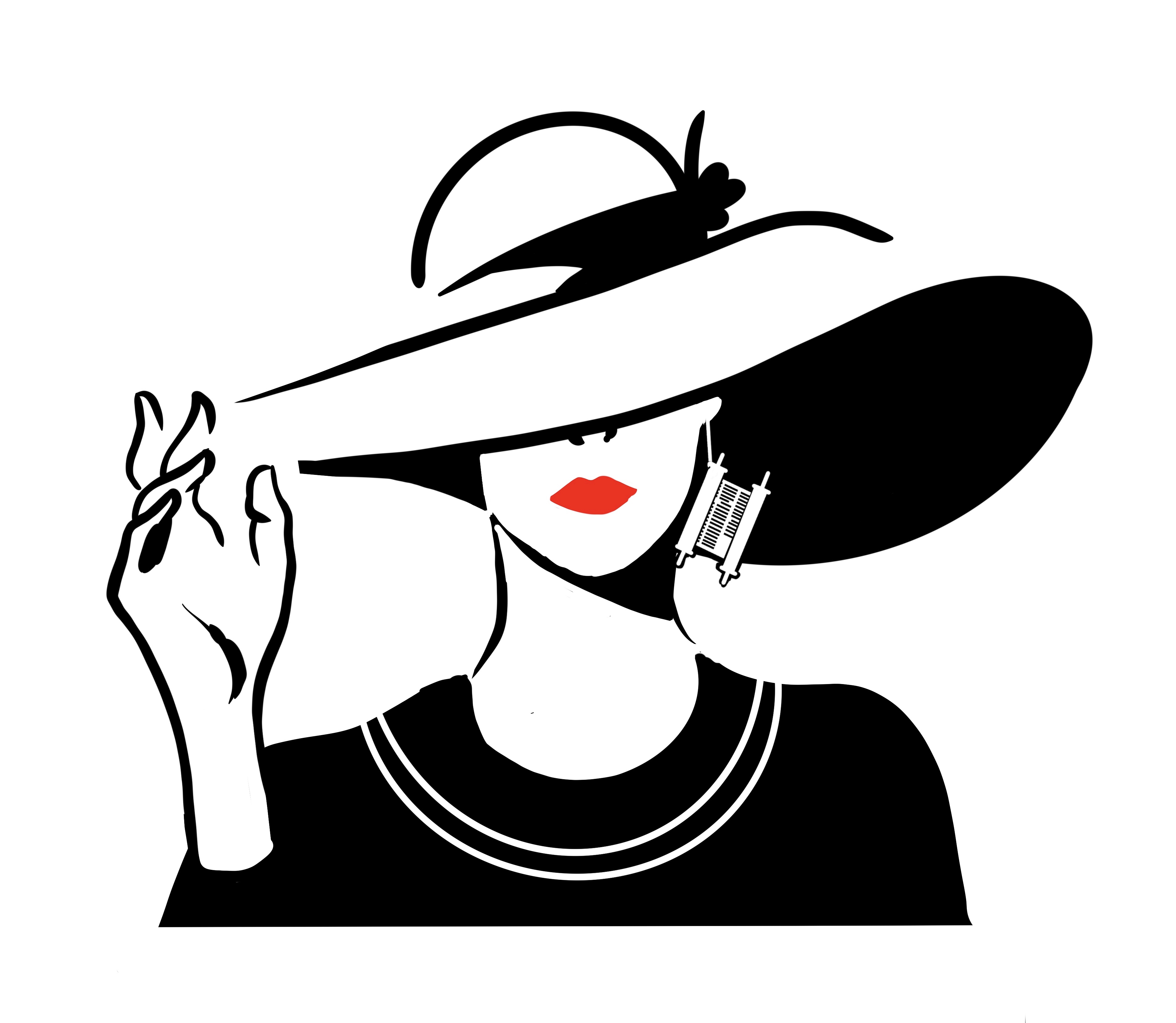I let my daughters underachieve. I’m embarrassed to admit it, but I colluded with the schools they attended in London that did not encourage my daughters to study the texts seriously, and specifically denied them access to Talmud study.
Options were limited, and so I still paid the school fees for Jewish studies even when they were woefully inadequate. To be fair, I knew there were issues before the girls were enrolled, however, the bigger disappointment was the communal expectation that Jewish studies would be mediocre. When my daughters arrived at their chosen seminaries in Israel to study during their “gap year” between school and university, they were struck by their inadequate knowledge and skills compared to their American counterparts.
Anyone tracking the significant changes within Orthodox life is aware of the investment in serious Talmud education for women in the Orthodox community. As one rabbi quipped to me about young women returning from those seminaries where Talmud is taught, “Girls used to come back from their year in seminary and ask me questions. Now they come back, and they want to see the mekorot [original sources].”
By enabling women to learn Talmud, these institutions are disrupting a system that relies on keeping knowledge and decision-making in the hands of men. A quick glance at the websites of institutions such as Nishmat, Midreshet Lindenbaum, Migdal Oz, Ein Hanatziv, Matan, Yeshivat Maharat and Drisha [which started just for women, but is now largely co-ed] will give the reader an appreciation of their breadth of learning as they prepare women to take on religious and communal leadership roles. Graduates of these programs will find employment beyond the Modern Orthodox world, thus engaging wider audiences in deeper Jewish study and there is evidence that these initiatives have also trickled down to impact the Haredi world.
In 1923, Rabbi Meir Shapiro suggested a study programme of a page a day of Talmud — Daf Yomi — and every seven years, there is a Siyum HaShas celebrating its completion. Nearly 100 years later, this innovation is embedded in men’s Jewish learning. Nearly 100 years later, due to the revolution in women’s education, increasing numbers of women are also studying Daf Yomi. Cue International Women’s Talmud Day — an innovation inaugurated in 2018 by Shayna Abramson, who explained the idea in a blog post
Over the years, I grew used to being the only Orthodox girl who’d studied Talmud in the room. I grew used to men assuming I knew less than they did….But I grew lonely and I thought, wouldn’t it be great if there were one day when women around the world came together to learn Talmud? Wouldn’t it be great if for one day, women who learned Talmud realized that they are not alone, but rather, part of the women’s Talmud revolution that is taking place across different Jewish communities?
She harnessed the interests of several organizations who actively promoted the day with social media and global events, posted on its own dedicated Facebook page and the Second International Women’s Talmud Day is on Sunday May 19th, 2019. This date co-incides with Pesach Sheni [the Second Passover], which offered those who were not eligible to bring the Pascal offerings on the actual Passover date another opportunity to do so. I wonder if this date was symbolically chosen for the Women’s Talmud Day to signify this new opportunity for women to study Talmud, having been considered ineligible for hundreds of years. Ms Abramson’s spotlight on women studying Talmud showcases the institutions mentioned earlier and complements Dafyomi4women.org, a portal established by Michelle Cohen Farber, hosting a daily Talmud class taught by a woman. Extraordinarily, a women’s “Siyum HaShas” to celebrate the current seven-year cycle of Talmud study is planned for January 2020.
To be sure, there are questions to be asked — should young girls acquire Talmud knowledge using the same method as boys? Should they celebrate and display their knowledge in the same way? Is that what we should be striving for? How will women’s proficiency in learning change family dynamics? How will young boys view their sisters and their mothers as they embark on rigorous study? Will women want a different sort of partner — one who is not threatened or intimidated by an educated woman?
Generally, we rely on the huge corpus of responsa, written by men and accumulated over hundreds of years, for answers to our questions. However, as a small number of women scholars have demonstrated, women bring a different perspective to a question, and in particular, questions related to women’s health, marital relations and increasing women’s participation in ritual life. Two recent initiatives, among several others, particularly exemplify this — in 2018, Matan launched Shayla, Matan Women’s Online Responsa, which will be an “attentive, learned go-to address for women to ask questions and receive considered Halakhic responses (in English).” And in book form, in early 2019, Koren published the first volume of the Hilkhot Nashim series, edited by Rahel Berkovits and focusing on questions of women in the synagogue: Kaddish, Birkat Hagomel, and Megillah. Nowadays, young women take much of this activity for granted, but many of us who have watched the changes over the last 30 years regard it as revolutionary.
Although it is unlikely that my daughters will become Talmud scholars, I am very grateful to the teachers — women and men — at the Israeli seminaries who inspired them to appreciate the depth of Jewish study, including access to the Talmud, and the beauty, albeit complexity, of a modern halachic lifestyle. This gives me the not unfounded hope that my daughters, and their cadre of like-minded and talented young women, will not allow the Jewish education system to undermine the potential of the next generation of ALL children to celebrate their knowledge of, and engagement with, the wide gamut of Jewish texts and tradition.
